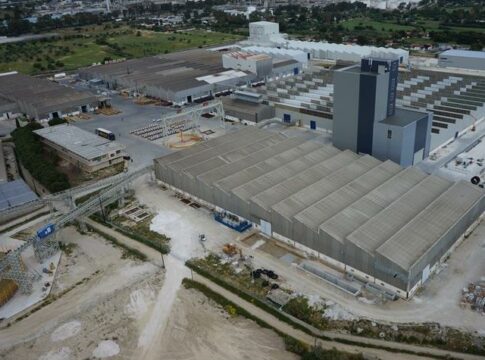The supervisory authorities are trying to stress the importance of climate to the banks, bringing the relevant compliance goals earlier than originally planned.
The climate stress tests have already begun for 110 European banks – including all four Greek systemic banks. The tests are likely to be faced with significant difficulties that may affect the credit institutions, mainly due to the extreme climate conditions that have not been taken into account in all their models, according to bankers. And while the Greek credit institutions have advanced to a significant extent the plans towards the achievement of some of the goals, some malfunctions still remain.
For example, the four banks have not agreed on the content and have not yet sent the questionnaires about the ESG criteria to their major corporate clients so they can start evaluating their client base. Banks are asked to quantify through the new climate test, which is in full development by the European Central Bank (ECB), to what extent they take climate risk into account in their loans and, if so, how this is reflected in their balance sheets.
Dangers
Climate change affects the way the economy works. This is a result of two kinds of risk: the natural risks of a changing climate, including more frequent or severe weather events such as floods, droughts and storms, and the risks of transitioning to a carbon-neutral economy.
These risks affect indicators such as inflation, economic growth, financial stability and monetary policy transmission. They also affect the value and risk profile of assets on the Eurosystem’s balance sheet.
Climate change affects the work of the ECB, which as a central bank and supervisory authority must take into account the impact of climate change in its work in order to maintain price stability and financial stability. This means that parameters related to climate change must be integrated into the ECB’s analysis and decision-making as well as:
a) macroeconomic models, projections and different scenarios,
b) assessment of financial stability,
c) analysis of monetary policy,
d) risk management.















